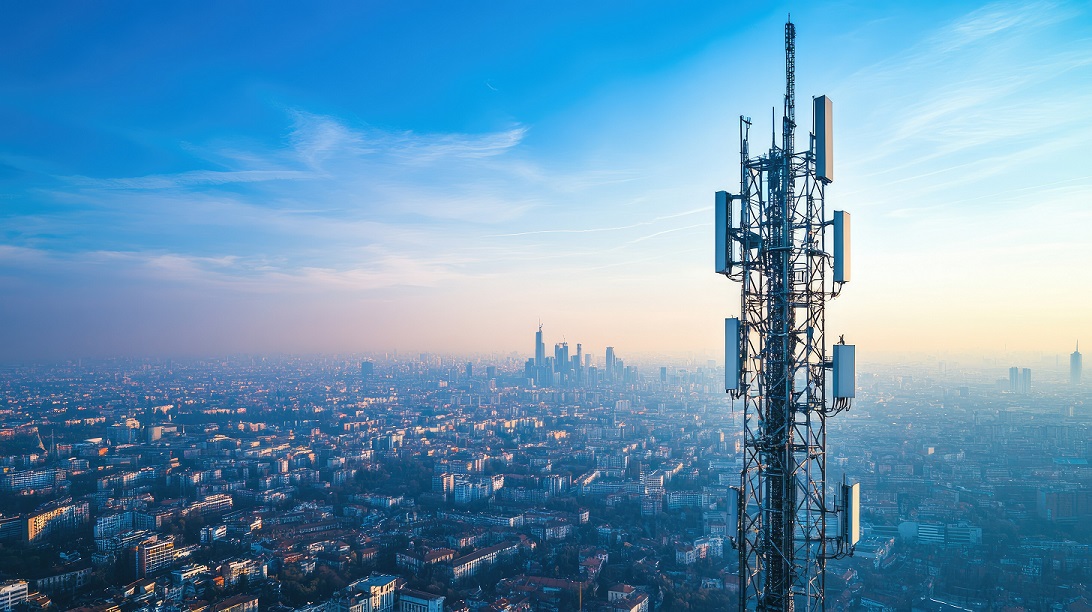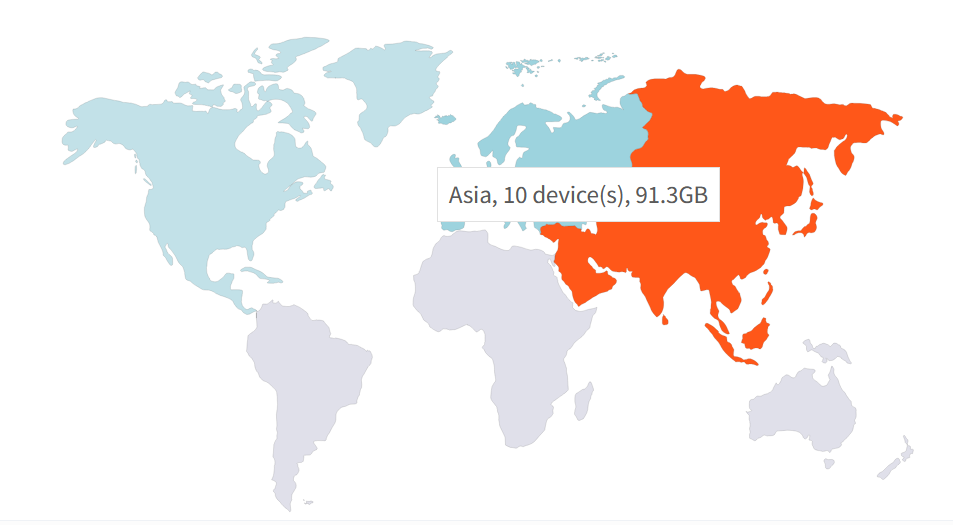 We have written in the past about how 5G and Low Earth Orbit satellite like Starlink and OneWeb can be used for occasional-use sports broadcasting. But beyond that, these technologies are also useful as a backup solution for linear channels on fibre connections, ensuring uninterrupted 24/7 service.
We have written in the past about how 5G and Low Earth Orbit satellite like Starlink and OneWeb can be used for occasional-use sports broadcasting. But beyond that, these technologies are also useful as a backup solution for linear channels on fibre connections, ensuring uninterrupted 24/7 service.
Fibre and the need for redundancy
Fibre optic connections are, of course, a great choice for 24/7 linear delivery with their high-bandwidth and low-latency. Yet, while fibre-optic networks provide fast and reliable service, they are also vulnerable to disruptions from physical damage or maintenance issues. That’s why a Disaster Recovery (DR) solution is needed – a plan B in case your primary fibre link is interrupted.
That plan B could be a second fibre link, a traditional satellite link, or even a 5G connection.
5G as a Backup During Fibre Disruptions
With its high bandwidth and low delay, 5G technology can quickly take over from the fibre-optic network to ensure uninterrupted data transmission for live broadcasts or other critical services during fibre disruptions. This is especially useful in remote or underserved regions where only a single fibre connection is available. Whether the fibre is cut or temporarily down due to maintenance and repairs, traffic can be rerouted to 5G networks. This keeps operations running smoothly, without noticeable downtime or quality loss, making the 5G network a reliable fallback for businesses that require constant uptime.
5G as DR: The Use Cases
There are two cases in which using a 5G network as a backup makes sense:
- If you only have one fibre connection: you obviously need a failover, and the 5G connection provides that.
- In some cases outages may affect multiple providers and it can be very difficult to know if fibres are truly diverse. So it still makes sense to have a DR system based on the 5G network.
This of course applies in both directions, a site may need to receive channels, transmit channels, or both.
What About Ancillary Data?
Broadcasting is about more than just delivering audio-visual signals. Ancillary data – including subtitles, SCTE ad markers and audio description – play a crucial role in enhancing the viewer experience, making content accessible to a broader audience and enabling seamless, accurate and automated content delivery. Many of these signals such as closed captioning are legal requirements.
So can a 5G connection support this and provide the necessary features for accessibility, ad management, and content delivery automation, or is it limited to being just an occasional-use channel?
Thanks to their high bandwidth and low latency, 5G-backed systems, when equipped with compatible encoders and decoders, can ensure the smooth and uninterrupted transmission of all ancillary data alongside video and audio content, exactly like traditional fibre setups.
Our encoders and decoders transport all required ancillary data, meaning that the 5G network can maintain full broadcast integrity during fibre failure. It can therefore be used as a fully-fledged disaster recovery system for 24/7 linear channels.
Virtually all traditional 5G Cellular Bonding solutions are not designed for linear channels and so lack the capabilities to transport SCTE ad markers or closed captioning. We’ve also covered extensively the challenges many third-party solutions have with maintaining strict transport stream compliance. We regularly deliver linear channels over wired networks and this remains the same over 5G and LEO.
Data Plan Bill Shocks
One legitimate concern is having to obtain a data plan on one or more operators to cover fibre outages and having to pay for it every month even if it’s not used. In many countries it isn’t even possible to obtain data plans large enough for live video. Thanks to our partnership with Webbing, these fears are unfounded. Webbing provides pay-as-you go Global data without any minimum commitment. This means you only pay for the data you use during an outage.
Harnessing 5G with 5G Flyaway
Our 5G Flyaway is the first cellular bonding solution built around the need for linear channel backup. It can be used in combination with our encoders and decoders to create a 5G-based disaster recovery solution. Unfortunately, a broadcast centre is often indoors with limited 5G connectivity. For this reason our 5G Flyaway comes with outdoor external 5G routers, using Power-over-Ethernet. This means the routers can be placed high up on a building, maximising signal coverage. This maximises data throughput allowing for high-quality video transport.
Learn more here: www.obe.tv/5g-flyaway/

